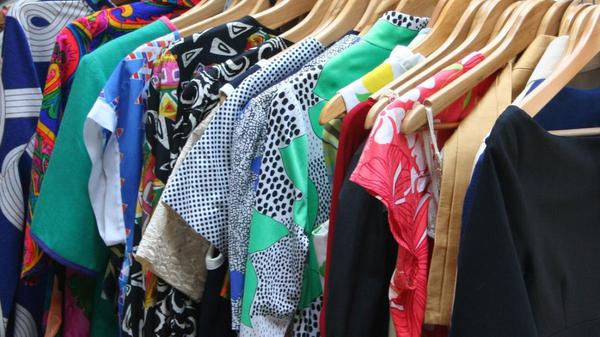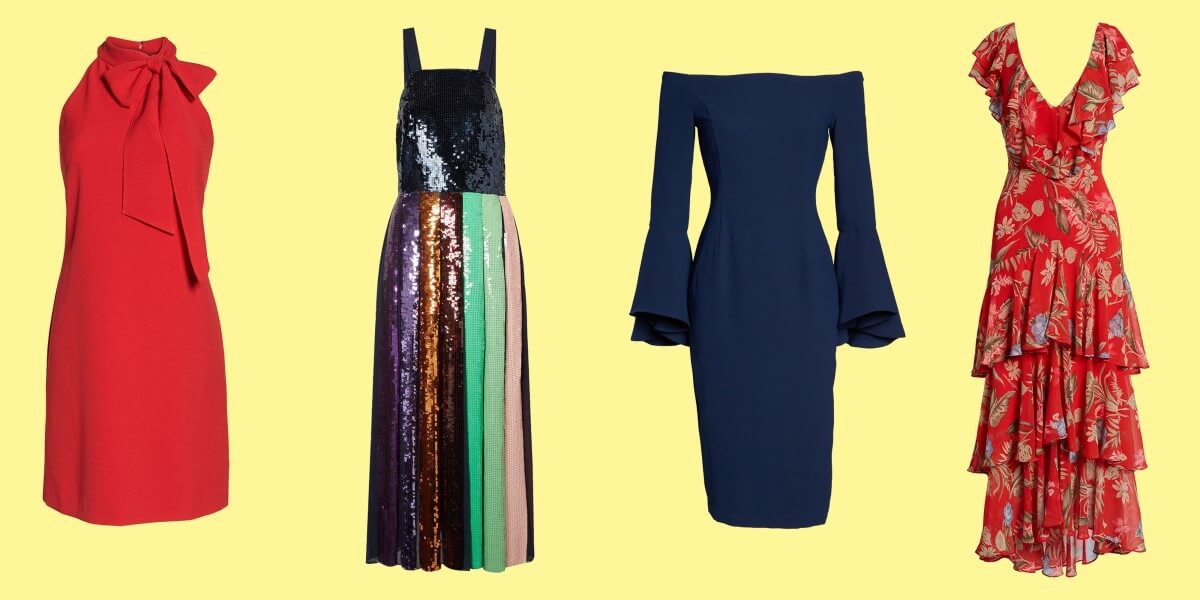Environment
The textile industry has become the second most harmful to the environment
Pol Casaponsa
Human beings are the main responsible for climate change and pollution. Our activities and lifestyle have a direct impact on the natural environment. But not only the emissions from factories, planes and cars harm the environment: the clothes we wear also have an effect on the planet.
The textile industry is one of the biggest culprits of water waste worldwide, according to various studies carried out by the European Union and the United Nations Organization (UN). The production of fabrics to make clothes causes 20% of the contamination of drinking water worldwide
This sector also represents 10% of greenhouse gas emissions, a figure higher than the sum of the emissions generated by aircraft and cargo ships. In addition, the laundering of the synthetic materials necessary for the production of clothing generates 500,000 tons of microfibers that end up in the oceans.
The impact of each of the garments we use on a daily basis is just as high. For example, to produce a simple cotton T-shirt, 2,700 liters of water are needed, the same amount that would supply a person for two and a half years. The figure is still, but in the case of jeans: 7,500 liters of water are consumed to make the fibers and dye the fabric.
At the COP24 held in Poland in 2018, the young activist Greta Thunberg already denounced the serious situation of the planet: "Our biosphere is being sacrificed so that rich people in countries like mine can live in luxury."

Why It's So Hard to Stick to Your Goals (and How to Make it Easy) https://t.co/ASvXBYRre1 via @Pocket
— Words Of Hope Sat Jul 03 10:15:06 +0000 2021
What can we do?
In Sweden, one of the leading countries in environmental awareness, a movement called Köpskam has been born that refers to "the shame of buying" without taking into account the serious effects of the textile industry on the environment. In Great Britain alone, for example, 3.1 billion euros are spent on garments that will be worn only once.
Köpskam advocates intend to fight against fast fashion or fast fashion in all its facets. That is why they remember that, in addition to aggravating the environmental emergency, this industry takes advantage of job insecurity by hiring cheap labor in developing countries, where their labor rights are not protected.
On the other hand, environmentalists appeal to the responsibility of consumers, underlining the need to buy only what is necessary, and, whenever possible, do so in second-hand or reused clothing stores to reduce the cost.
According to Alison Gwilt, author of several books on sustainable fashion who has become an international reference: “Most fast fashion consumers are young people who support the idea of sustainability, but tend to separate the world of fashion from sustainability. ”.
Km.0 sustainable fashion
In Barcelona there are already several shops and fashion firms that offer an ecological alternative when buying clothes: Ecoalf, Thinking Mu, SKFK or Infinitdenim: Back to Eco are some examples. For Montse Bayan, co-owner of Back to Eco, the key to sustainable fashion is reusing fabrics: "It is essential to treat waste and turn it into new zero kilometer garments."
“Fast fashion has done a lot of damage, both on an environmental and social scale. We have to change consumption habits”, adds Bayan, who acknowledges that there is still a lot of social awareness work to be done.
In her opinion, sustainable clothing should stop being a luxury. "It is absurd that only people with a high purchasing power can afford this type of clothing," she laments. And she concludes that if this sector paid less taxes, as is the case with zero-mile food, progress could be made along this path. .
Article of the Blanquerna Faculty of Communication and International Relations. Junior Report publishes the best content produced by journalism students.
subscribe



